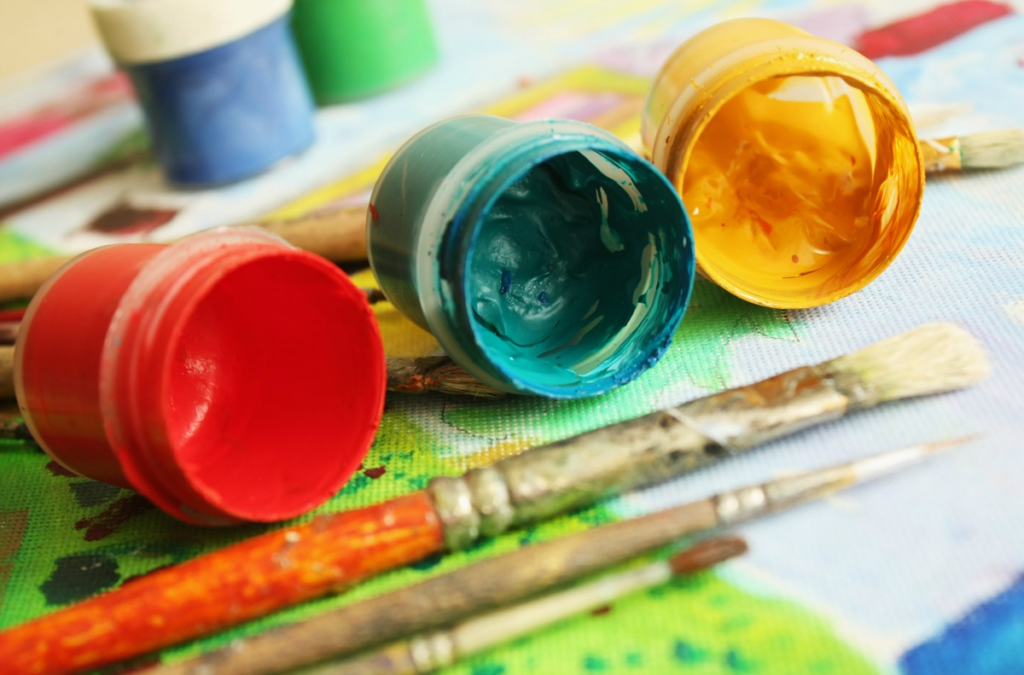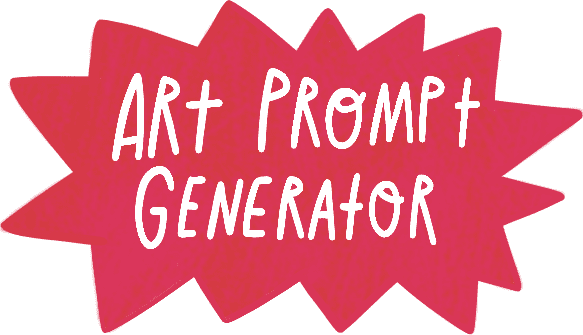
-
Pinterest
So many people have a deep desire to make art, but the common refrain is, “I just don’t have the time.” This sentiment can feel like a significant barrier to pursuing that passion your heart is longing to fulfill. The good news is that even with a packed schedule, it is entirely possible to carve out time for your artistic endeavors. Finding time to create art amidst the busyness of life might seem challenging, but with the right strategies, you can seamlessly integrate creativity into your daily routine. Here are 9 time-saving tips for creating art designed to help you embrace your artistic side, no matter how hectic your schedule may be.
9 Time-Saving Tips for Creating Art for a Busy Schedule
Balancing a hectic schedule while nurturing your creative passion can often feel like a daunting task. For many of us, art is not just a hobby but a vital outlet for self-expression and relaxation. However, finding the time to indulge in creativity amid daily responsibilities can seem impossible. Whether you’re juggling work, family, or other commitments, you don’t have to sacrifice your artistic pursuits. Here are nine
1. Think of Creating Art in Small Moments
When your schedule is packed, finding large chunks of time to dedicate to art can be challenging. Instead, think of making art in small moments. Break up larger projects into smaller, more manageable pieces or set small goals for each session. For example, instead of aiming to complete an entire painting, focus on sketching the outlines or adding a layer of color. These small steps can accumulate into a completed work over time.
2. Keep Your Art Supplies and Workspace Available
Having a dedicated space for your art can save you time and mental energy. When you have to set up and clean up every time you want to create, it can be discouraging. Even if it’s just a corner of a room, set up a space where your supplies are always ready to go. Additionally, consider creating a portable and simple art kit that you can take with you. This way, if a pocket of time opens up while you are not home, you can still create. A small sketchbook, a set of pencils, or even a digital tablet can be perfect for this purpose.

-
Pinterest
3. Have a Prompt Sheet Ready
Often, when we finally get the time to create, we don’t know what to make! Having a prompt sheet of ideas at your disposal will help get those creative juices flowing. Write down different prompts, themes, or challenges that interest you. This can include drawing a specific object, exploring a new technique, or recreating a famous piece of art in your style. With a prompt sheet, you’ll always have a starting point when you sit down to create.
4. Use Digital Tools
Consider using digital drawing apps like the iPad and Procreate. This makes it so easy to access all kinds of tools and mediums without having to make a mess or pull out all your supplies. Digital tools allow you to experiment with different styles and techniques quickly. Plus, it’s easy to bring your iPad with you to lunch, for instance, and create while you are enjoying a break at work. The convenience and versatility of digital art can make it a great option for busy schedules.
5. Schedule the Time
Put your art time on your calendar in pen and write it in first. Whether it’s five minutes or one hour, protect this time and make it a priority for you. View this time as a self-care opportunity and a chance to tap into your joy. By scheduling art time just like you would any other important appointment, you’re more likely to follow through and make it a regular part of your routine.
6. Combine Art with Other Activities
Look for ways to combine doing art with other activities. If you have to spend time in the car waiting for your kids during summer camp, for instance, consider using that time to create. Or, if you are watching TV in the evening, consider doing art while watching a show or during the commercials. I often do art while listening to a book or podcast, so I am able to learn and create at the same time. This multitasking approach allows you to fit art into your day without needing extra time.

-
Pinterest
7. Address Mental Blocks
Art can bring up a whole host of emotions and thoughts like, “Who do I think I am?,” “I am not an artist,” or “I don’t know what I am doing. This is going to be too hard.” When these messages come up, allow them to come in and get curious about where they might be coming from. When you hear these types of messages arise, try to lean in and ask, “Why am I saying this to myself right now?” Sit with the answers and allow yourself to lovingly challenge the messages and justifications. Ultimately, the question is, “Why not you?” You deserve the opportunity to experience the growth, joy, and fulfillment that comes along with engaging in something creative.
8. Embrace the Process, Not the Result
Sometimes our expectations will block us from getting started. We might spend extra time over-analyzing what we might produce instead of just diving in and starting. These kinds of mental blocks can lead to procrastination. Let go of the need for a perfect result and embrace the process of creating. Allow yourself to experiment, make mistakes, and learn. The more you create, the more you’ll grow as an artist.
9. Celebrate Your Creations
By acknowledging that you have made time to do something you have been wanting to do, you are further validating the experience and yourself. Celebrate your creations, no matter how small. This can help to break down some of those feelings that may come up about your worth as an artist. Your sketchbook will document your journey, but it is important to visit your work and be compassionate as you evaluate your progress. This simple yet powerful act will help to make the process positive and encourage you to re-engage the next time.
More Related Posts you might also like:
- Using Art for Meditation: A Guide to Mindful Creativity
- 10 Simple Mindfulness Practices to Easily Weave Into Your Busy Day
- Transforming Feelings into Art: The Benefits of Drawing Your Emotions

-
Pinterest
Balancing Art and Life: Time-Saving Tips for Creating Souls!
Finding time for art in a busy schedule is challenging, but it’s not impossible. By prioritizing your art, setting realistic goals, and using these time-saving tips for creating art, you can make creativity a part of your daily life. Remember, even small steps count. Each moment you spend creating brings you closer to your artistic aspirations. So, pick up your tools, find your space, and start making art today. Your busy life doesn’t have to stand in the way of your creative dreams.

